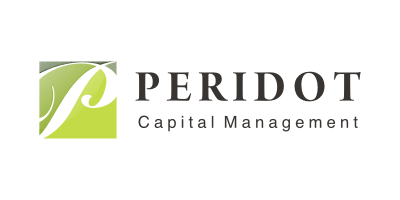I have not written about Biglari Holdings (BH) on this site since late 2014, but that does not mean the company has fallen off of my radar. While BH was once a prime long-term buy and hold candidate, it has become obvious over the years that the controlling shareholder and CEO, Sardar Biglari, not only prefers running an unconventional public company, but often does so at the detriment to its shareholders.
For those unfamiliar, the bulk of BH's assets (and value) come from a 100% ownership of Steak N Shake and a large stake in two hedge funds run by Mr. Biglari, which are mostly comprised of shares in BH and Cracker Barrel (CBRL). The stock is volatile, sometimes trading quite low and other times approximating fair value for an unfocused conglomerate with little investor recourse.
Given a few too many unconventional moves (buying BH shares on the open market via the hedge funds and holding them for investment, as opposed to buying them at the corporate level and retiring the shares), I have largely been interested in BH in recent years as a trading vehicle -- not a long-term investment -- buying when the stock is clearly mispriced and selling when it approaches a more reasonable level.
Such an opportunity has once again presented itself after a late April move that resulted in shares of BH being divided into dual classes of stock; A shares and B shares, the former allowing Mr. Biglari to maintain control of the company, with the latter having no voting rights and serving as potential M&A currency.
Prior to the dual class issuance, BH stock was trading around $420 per share. Upon issuance of the new class A shares, the B shares should have fallen in price by roughly one-third according to the exchange ratio, which would have put them in the $280 range. And for a few days that ratio seemed to hold, but then a free fall began. Today BH "class B" fetches around $200 per share (I am focused on the non voting stock because the voting rights are meaningless considering that the CEO controls more than 50% of the votes).
So just how mispriced is this $200 piece of paper? Well, the total equity value at current prices is roughly $630 million. If we ignore the operating businesses (more than $800 million of annual revenue and by my guess, maybe $25M-$30M of EBITDA this year), BH shareholders own (indirectly via ownership of hedge fund LP interests) nearly 4.4 million shares of Cracker Barrel and nearly 1.3 million class B equivalent shares of Biglari Holdings. Since both are publicly traded, we can quickly assign a value to each, which cumulatively comes out to more than $950 million, or $305 per BH class B share. And yet BH class B's trade for just $200 apiece. As you can see, something is off here.
Now, there are reasons why BH will unlikely ever trade for "full price" based on its assets. After all, many investors would immediately balk at a public stock that owns some companies outright, minority stakes in others through hedge funds, and chooses to buy up but not retire its own shares in the open market. There are other issues too, such as a large unrealized gain on the Cracker Barrel shares, which were acquired for less than $50 each (current price $160), and over $200 million of Steak N Shake debt outstanding.
Still, even if the negatives surrounding BH would result in the operating businesses being valued closer to zero than a more typical $25-$50 per class B share (which I believe they would fetch with a different owner), BH remains mispriced. If we exclude the BH shares owned by the company itself, the equity is valued at about $370 million. To put that into perspective, the Cracker Barrel stake alone is worth $700 million at the current market price, so maybe $600 million net of tax.
At a certain price it is hard to argue against taking a long position in a company that often sees its share price get out of tune with reality due to its unusual composition and low float (due to being small to begin with and having a majority owner). Count me as one who does not think the B shares should trade materially below the $300 level. The recent dual class restructuring has given the small investor a profit-making opportunity.
Full Disclosure: Long shares of BH class B at the time of writing, but positions may change at any time










